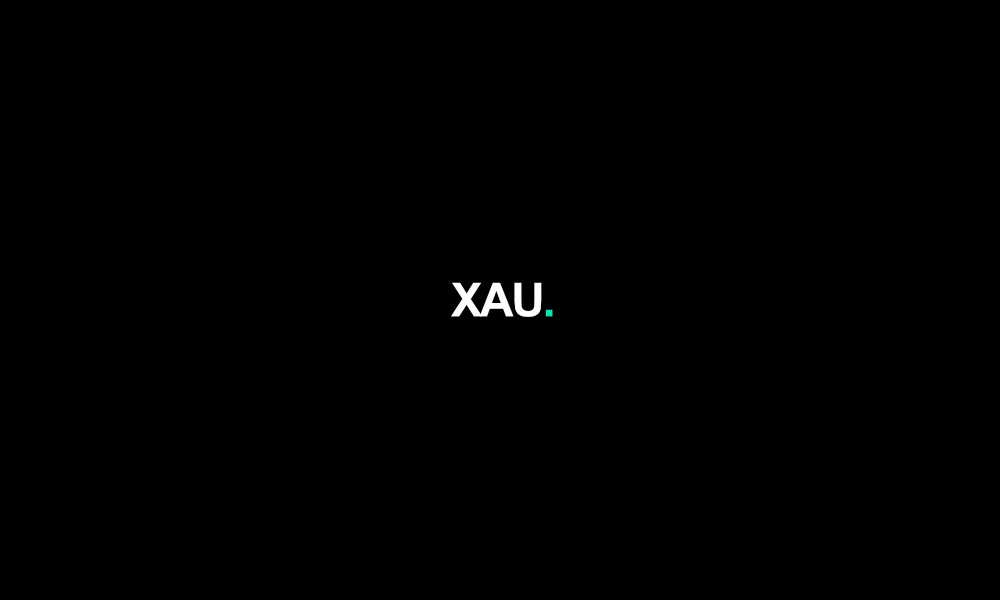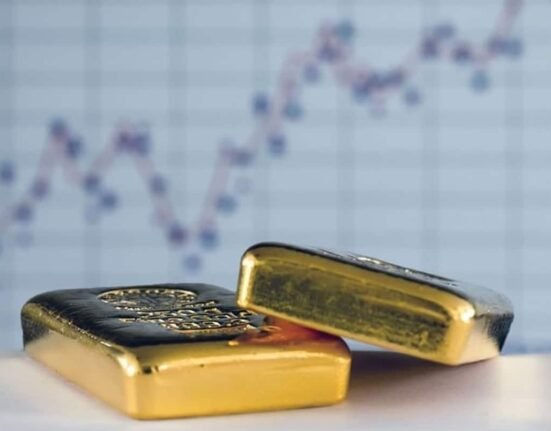The US dollar, long considered the king of reserve currencies, is now facing questions about its future role. And this time, those questions are coming not from analysts or conspiracy theorists, but from central banks themselves.
The latest survey by the Official Monetary and Financial Institutions Forum (OMFIF) reveals a notable shift, a third of central banks managing trillions in reserves intend to increase their gold holdings over the next couple of years.
At the same time, the US dollar has slipped from its usual top spot in reserve allocations, while the euro and China’s yuan are gaining ground.
Why does this matter? Because central banks don’t move casually. Their decisions signal deeper tectonic shifts beneath the surface of international finance and geopolitics. The dollar’s safe-haven status, once taken as a given, now appears fragile. The catalyst? A cocktail of rising trade tensions, geopolitical upheaval and an increasingly unpredictable US political environment.
Take Trump’s “Liberation Day tariffs” of April 2025, an event that rocked markets and prompted reserve managers to ask a question, is the dollar’s dominance under threat?
The answer is far from straightforward. The dollar remains the world’s most dominant reserve currency, expected to still hold a majority share in ten years’ time, but its share is predicted to decline from 58% today to 52%. The euro, Europe’s battered but stable currency, is planning a comeback, with expectations of a near 25% share of reserves within a decade. Meanwhile, the yuan is on an upward trajectory as well, albeit from a modest base, with central banks increasingly warming to it as China pushes forward with its own ambitions.
Why gold? Well, it’s the ultimate hedge, a tangible, centuries-old store of value in uncertain times. Central banks piling into gold in record amounts is a clear vote of confidence in its enduring worth, especially when trust in fiat currencies wobbles.
The euro’s potential rise is arguably the most interesting tell tell here. It isn’t necessarily that Europe is suddenly seen as more stable or attractive in itself, but rather a reflection of the dollar’s relative weakening. The European Union’s push to integrate capital markets, bolster defence spending, and perhaps most crucially, create a larger, more liquid bond market could tilt the scales in its favour.
However, hurdles remain. Europe’s capital markets are still fragmented compared to the US’s giant Treasury market, and political cohesion remains a work in progress. For the yuan, capital controls and geopolitical tensions pose constraints despite China’s economic clout.
What does this mean for the average observer or investor? It signals a slow but significant evolution in the financial order. The post-World War II dollar dominance might not be ending anytime soon, but it is no longer a given. Diversification away from the dollar, into gold, the euro, and the yuan, reflects a world grappling with fractured trade relations and shifting geopolitical alliances.
For those watching the global economy, this is a story to follow, not as a prediction of doom or disruption, but as a measured response to a more complex, multipolar financial world.
The dollar may still be king, but it’s no longer the unchallenged monarch. The game is changing, and so are the players.







